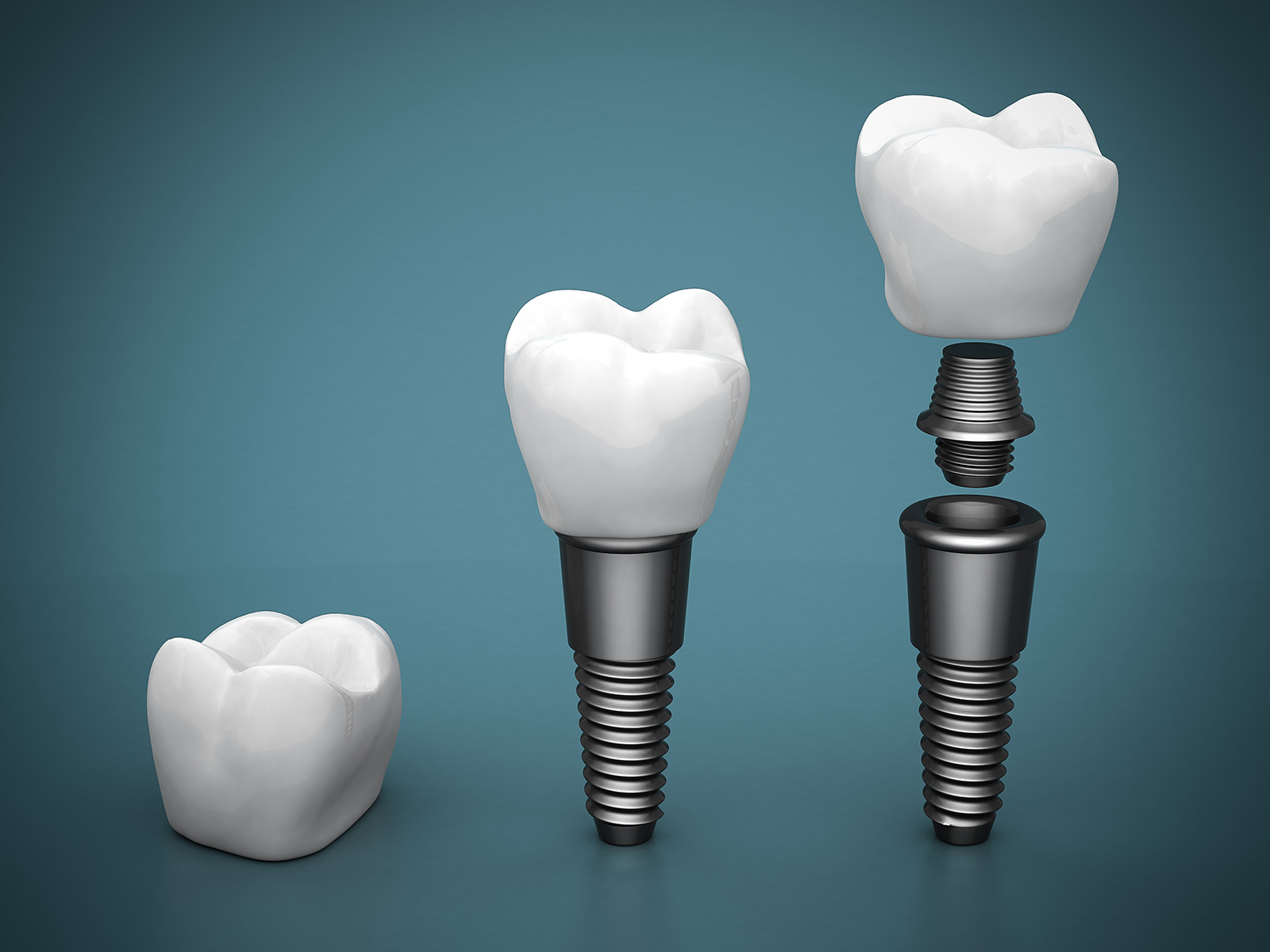Blog
Dental hygiene tips for healthy teeth & gums

How To Treat Dental Implant Infection
The function of dental implants is the same as that of natural teeth, and they are also prone to infection. If neglected or not treated regularly by a dental professional, infected implants can cause disease or implant failure. In the long term, the aim will be to maintain the implant and stop the infection’s progression.
You might need a combination of different options to revive your implant, depending on the level of infection. A variety of treatments are available, including antibiotics, surgery, laser therapy with surface decontamination, mechanical debridement, and antimicrobial therapies. Healthy teeth are your dentist’s goal. Whenever you suspect that an implant is infected, you should contact your dentist immediately so that treatment can commence as soon as possible. Follow your new hygiene routine once your implant has been repaired.
Infections of dental implants: How to treat them?
The first step is to perform an X-ray to determine if there was any bone loss. The next step is periodontal probing. Using this method, it is possible to determine the infection stage accurately. Afterward, a dentist will recommend a course of action.
Popular remedies include the following. The process usually involves a combination.
Mechanical Cleaning
Cleansing shallow mucosal pockets can be done using a carbon fiber curette or an ultrasonic device. This process is known as submucosal debridement. High-frequency waves are used to clean the area around the implant that is contaminated.
Your dentist might recommend mechanical flossing or delicate scaling instruments if the mucosal pockets are 5mm or deeper. If this is the case, the instruments will need to be inserted deeper and care should be taken not to roughen the surface of the rod. Localized antiseptics typically follow debridement with mechanical tools. This only happens if the depth of the pocket is greater than 4mm.
Surgical procedure
A surgical treatment method is typically used when the implant is placed in an unattractive location. A flap of gum is cut open and retracted to better access the contaminated area. Mechanical cleaning is often combined with antiseptics. The procedure is sometimes called open-flap debridement.
Implant removal
An implant may have to be removed if peri-implant mucositis develops into peri-implantitis and a significant amount of bone has been lost. A surgical instrument called a trephine can be used for this purpose.
If bone loss continues, the dentist can decide to remove the implant with forceps once it is hard enough to do so. It is only done when the supporting bone is less than 3 or 4 mm in thickness. Patients who have undergone bone grafts and have healed for several months may qualify for reimplantation.
Infections of Dental Implants: What Can Cause Them?
There are many different causes of peri-implantitis. It is possible for dental implant infection to develop from smoking due to the constrictions in the blood vessels of gums, which make it more difficult for essential nutrients to be delivered to the gums and for waste products to be removed. You can be at greater risk to develop this condition if you have a compromised immune system or osteoporosis and have previously had gum disease.
Dental implant infection is something no one wants to deal with, so if you notice any of the symptoms, talk with a trusted dentist right away. Taking care of your implant as soon as possible is the best way to prevent infection and save it.
Schedule your appointment with a dentist today and get the treatment on time!


